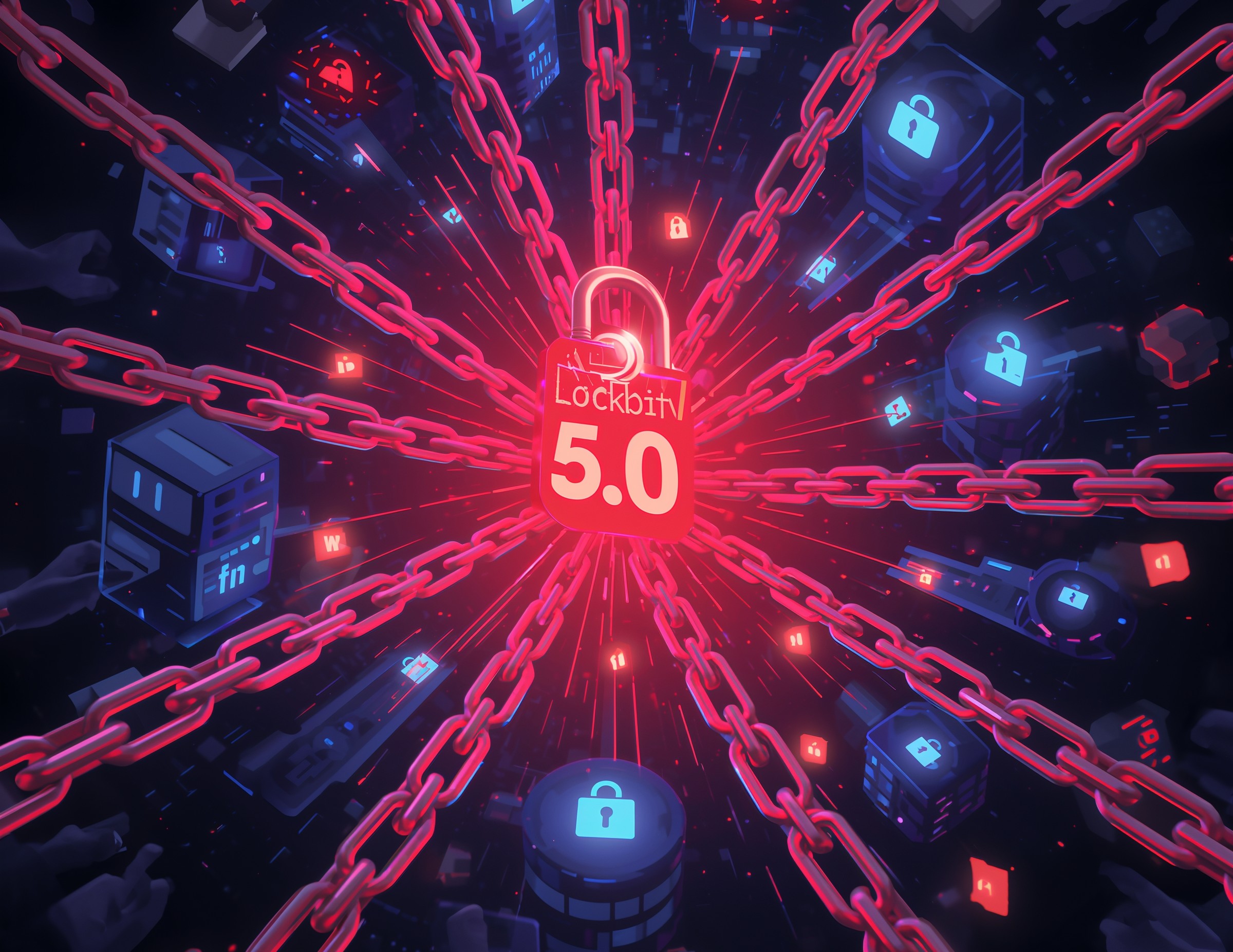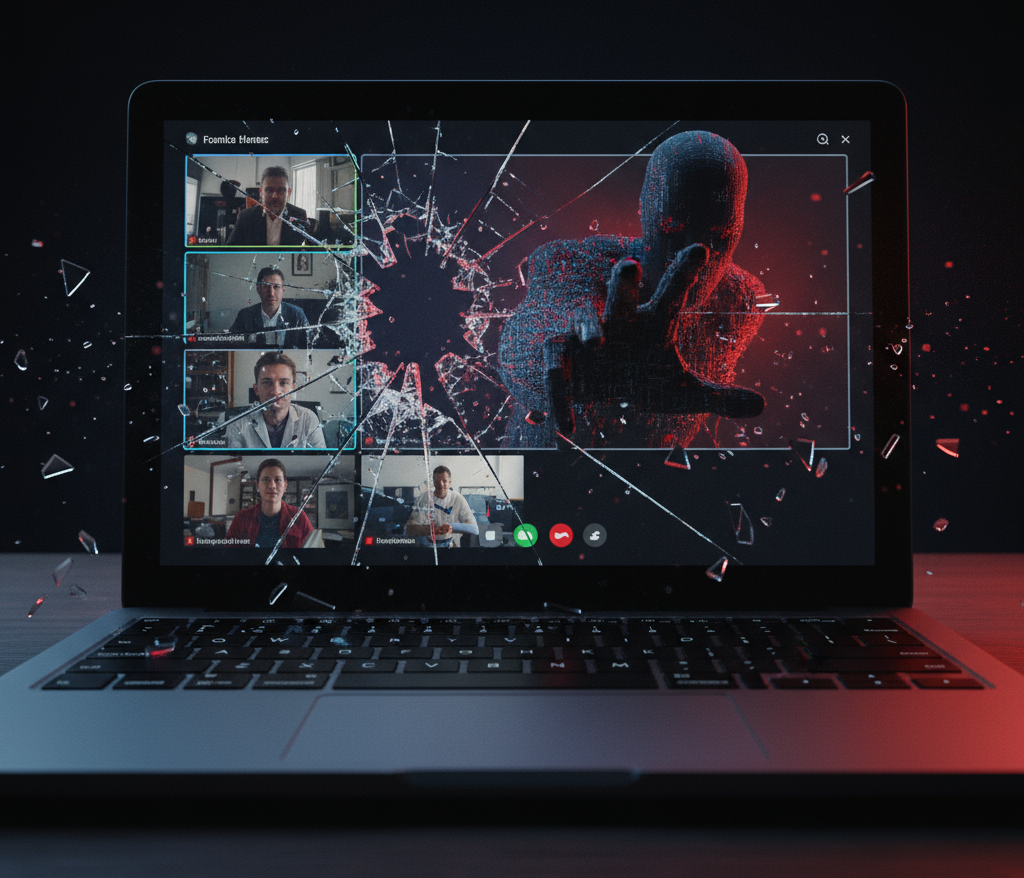The threat landscape has shifted dramatically. The ransomware-as-a-service family known as LockBit has released its version 5.0, and this update is not just incremental. For the first time the group offers fully supported binaries for Windows, Linux and VMware ESXi hypervisor environments. With this capability, attackers can strike workstations, servers and virtual infrastructures in the same campaign accelerating impact and undermining traditional defences.
Why LockBit 5.0 Matters
Businesses typically treat ransomware as an endpoint problem. However, LockBit 5.0 reinforces two hard truths: one, ransomware can now span operating systems; and two, virtualisation hosts are high-value targets. The ESXi variant alone can encrypt a host that supports dozens or hundreds of virtual machines, creating cascading disruption. Moreover, the group arrived at this point after surviving a law-enforcement disruption demonstrating resilience and adaptation.
What’s New in Version 5.0
The Windows build carries heavy obfuscation, loading payloads via DLL reflection and disabling Event Tracing for Windows (ETW) through direct API patching a tactic designed to blind detection tools. The Linux variant mirrors functionality, offering rich command-line control over directory targeting and exclusion lists. The ESXi variant is engineered specifically for VMware hypervisors, enabling attackers to encrypt virtual machines en masse. Across all variants, key behaviours remain consistent: randomized 16-character file extensions, geolocation or language exclusion (specifically avoiding Russian-language systems), log clearing and anti-forensic techniques.
From Access to Impact
Initial access still relies on phishing, credential stuffing or exploitation of unpatched remote services. Once inside, the modular architecture of LockBit 5.0 allows affiliates to toggle propagation modules or bypass detection. For instance, lateral movement may occur via WMI, PsExec or GPO abuse tools that blend into standard IT operations. Transitioning into execution, the malware disables security services, kills backup agents and clears logs. Finally, encryption detonates across endpoints and infrastructure layers, quickly renaming files with random extensions and dropping ransom notes. Recovery becomes far more complex when virtual hosts are encrypted alongside servers.
Why Prevention Alone Fails
Traditional prevention controls firewalls, VPNs, EDR remain necessary but insufficient. If attackers gain valid credentials, they bypass perimeter defences entirely. LockBit 5.0’s payloads execute in memory, terminate security processes and wipe recovery artefacts, meaning backing up to online storage alone may not suffice. Organisations must adopt detection and response capabilities capable of uncovering attacker behaviour post-compromise.
Cross-Platform and Virtualisation Aware
Because this threat crosses OS and infrastructure boundaries, defenders must adopt a layered, unified strategy:
– Segment hypervisor management networks and enforce least-privilege access.
– Deploy behavioural detection agents across Windows, Linux and ESXi hosts; monitor for memory-only execution and service termination.
– Maintain immutable, offline backups of both end-user and virtual machine data; test restore processes regularly.
– Monitor for unusual outbound data transfers, especially to cloud or Tor channels, and observe system changes such as mass file renames or wallpaper changes.
– Subscribe to threat-intelligence feeds for early indicators tied to LockBit affiliates or new payloads.
While no major public disclosure of a LockBit 5.0 outbreak has yet been made, the variant’s technical sophistication and cross-platform capabilities signal a serious threat vector for enterprises. Organisations should assume deployment is either underway or imminent. The age where ransomware only attacked Windows is over. Virtualised environments now sit at the apex of attacker impact. Security teams must evolve beyond prevention to detection, response and recovery.
FAQs
Q1: What platforms does LockBit 5.0 support?
LockBit 5.0 provides distinct binaries for Windows, multiple Linux distributions and VMware ESXi hypervisors, enabling simultaneous attacks across endpoints, servers and virtualised infrastructure.
Q2: Why is the ESXi variant so dangerous?
Encrypting a single ESXi host can impact dozens or hundreds of virtual machines, compounding the blast radius and making ransom recovery and business continuity far more difficult.
Q3: How has LockBit changed compared to prior versions?
Version 5.0 is an evolutionary upgrade of version 4.0, featuring modular architecture, heavy obfuscation, anti-analysis weaponry, command-line control for affiliates and cross-platform reach—all while retaining code-reused elements from prior builds.
Q4: What signs of a LockBit 5.0 attack should security teams monitor?
Watch for anomalies such as mass service terminations, log clearing, new processes spawning from memory-only loaders, rapid file renames with unknown extensions and unusual encryption behaviour on virtual hosts.
Q5: Can backups alone protect against LockBit 5.0?
Not reliably. Attackers deliberately kill backup agents, erase shadow copies and target virtual machines. Defence must include offline/immutable backups as well as detection and response capabilities.











One thought on “LockBit 5.0 Ransomware Variant Targets Hypervisors and Servers”